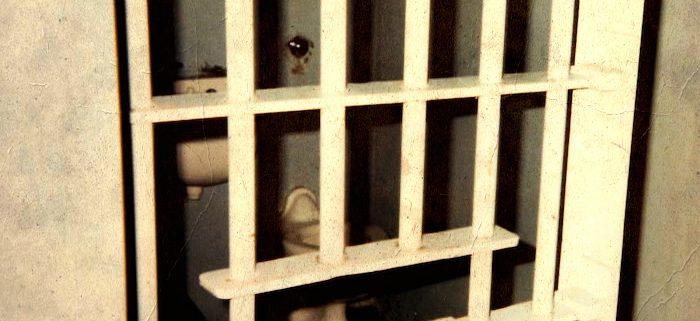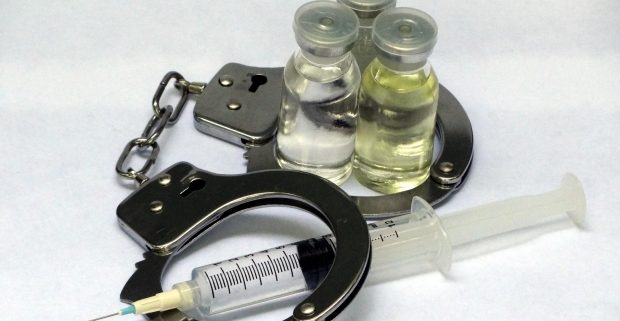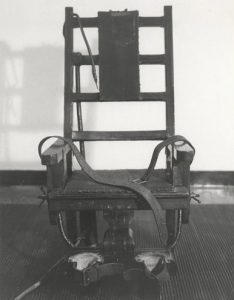Most of us are familiar with famous forensic scientist Dr. Henry Lee. I, in fact, I have a couple of books on my office shelves, reference material that features his renowned work. He’s practically a guru when it comes to his word in a court of law, as it pertains to crime scene evidence.
Dr. Lee’s word had been golden until a recent case in Connecticut showcased a crack in the manner as to how he collects and examines crime scene evidence. As a result, his character came under fire.
Sure, mistakes happen because Dr. Lee, like the rest of us, is merely human. But when those errors send potentially innocent people to prison for decades at a time before a third party discovers that an expert, especially one of Dr. Lee’s caliber, offered incorrect testimony during a murder trial, well, it’s nothing short of inexcusable. The facts in this case speak for themselves. Someone goofed and it caused two men to spend the past three decades behind bars.
The Case
Two men, Sean Henning and Ralph Birch, were convicted for the horrific murder of Everett Carr, a victim who was stabbed 47 times. His attackers also slit the man’s throat and then tracked Carr’s blood throughout the house.
Henning and Birch were sent to prison based partially on the testimony of Dr. Lee.
Dr. Lee testified that a towel in the victim’s bathroom had a small speck on it, a spot that he had tested and found was “consistent with blood.” Dr. Lee’s word is golden, right?
However, the Innocence Project, after taking the case, offered that the state forensic laboratory revealed the towel had not been tested prior to the original trial. And, in a shocking discovery, they learned that when the lab did finally test the towel for DNA they determined the substance (the spot) on the towel was not blood after all. A KEY piece of evidence.
So how was it that Dr. Lee arrived at his conclusion regarding the spot on the towel found in a second floor bathroom? The renowned expert simply relied on the results of a presumptive field test, a chemical that turns blue in the presence of blood. But, presumptive field tests are used merely as an indication of that the substance is probably blood, drugs, etc. It is only when a full test in a laboratory is performed that can confirm the actual ID of a substance.
Field tests are not always 100% accurate. They do, however, provide probable cause which points an official in a certain direction—to pursue the notion that blood or drugs are present, or not (to make preliminary conclusions). Proper and formal lab tests are a must if the substance in question is to be introduced in court as evidence.
So what happens when officers and experts such as Dr. Henry Lee offer inconsistent and/or inaccurate and misleading evidence?
Last Friday, Connecticut’s highest court ruled that Sean Henning and Ralph Birch should get a new trial.
In the decision, Justice Richard Palmer wrote, “It is inarguable that Lee, as the representative of the state police forensic laboratory, should have known that the bathroom towel had not been tested for blood. He, like any such witness, had an affirmative obligation to review any relevant test reports before testifying so as to reasonably ensure that his testimony would accurately reflect the findings of those tests.
To conclude otherwise would permit the state to gain a conviction on the basis of false or misleading testimony even though the error readily could have been avoided if the witness merely had exercised due diligence.”
The Appeals Court said, “We agree with the petitioner that, contrary to the determination of the habeas court, he is entitled to a new trial due to the state’s failure to alert the trial court and the petitioner that Lee’s testimony was incorrect, and, therefore, we reverse the judgment of the habeas court.”
And just like that, after a 57-year career of investigating over 8,000 cases, a tiny stain on a towel instantly became a large stain on the record, reputation, and the integrity of one of the world’s leading forensic experts.
After serving 30 years in prison, Henning has been released on probation. Birch remains incarcerated at the Osborn Correctional Institution. Meanwhile, prosecutors must decide whether or not the two men should face a new trial.
Dr. Lee adamantly states he did nothing wrong.
The courts and the two men who were tried and convicted and imprisoned based mostly on Lee’s testimony back in the late 1980s, well, they’d probably disagree with Dr. Lee’s self assessment.



 The second surge of electrical current was the one that left an impression in my mind, even after all these years. In fact, it left a permanent etch in my senses—taste, smell, sight, and sound. Again, his body swelled, but this time smoke began to rise from Spencer’s head and leg. A sound similar to bacon frying could be heard over the hum of the electricity. Fluids rushed from behind the leather mask covering his face. The unmistakable pungent odor of burning flesh filled the room.
The second surge of electrical current was the one that left an impression in my mind, even after all these years. In fact, it left a permanent etch in my senses—taste, smell, sight, and sound. Again, his body swelled, but this time smoke began to rise from Spencer’s head and leg. A sound similar to bacon frying could be heard over the hum of the electricity. Fluids rushed from behind the leather mask covering his face. The unmistakable pungent odor of burning flesh filled the room. Does the threat of execution prevent people from committing murder? Does it stop serial killers from doing what they do? Or, do we execute merely as a form of Lex Talionis, an eye for an eye, a tooth for a tooth.
Does the threat of execution prevent people from committing murder? Does it stop serial killers from doing what they do? Or, do we execute merely as a form of Lex Talionis, an eye for an eye, a tooth for a tooth.